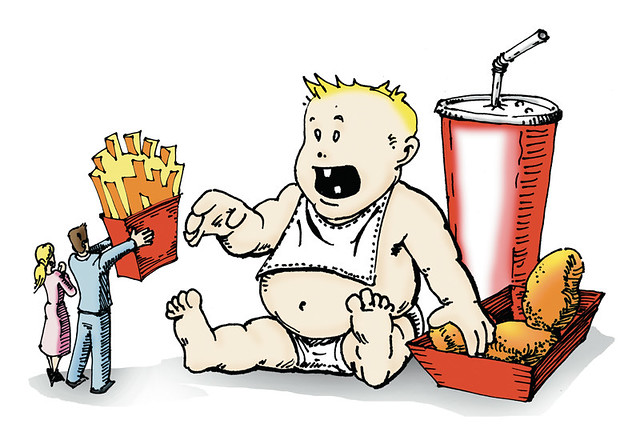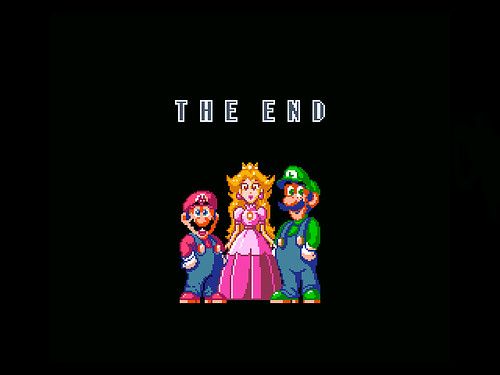Considering Types
In this blog post, I am going to explain which types of argument from my reading that I'm considering for my Public Argument project by addressing the information "Five Basic Types of Public Argument" in Writing Public Lives.
Which types of arguments are you considering for your Public Argument Project?
I am considering position argument the most because I want to develop my own defenses on my position. I think this is important because I feel passionate about childhood obesity. I once was obese. Therefore, I want people to be aware of how to stop it and prevent it. I also am considering a casual argument because I do not want to be too formal. This issue also occurs in society which is what this type addressed. I think it would be good to show my audience the potential solutions as well because I do not want childhood obesity to continue!
Which argument types would best fit your project? Why?
I basically mentioned this above, but I think that position and casual argument would be best for my project because it helps develop and idea for my audience. The casual argument will give my readers some advice in order to fix childhood obesity. Whereas, position argument will allow me to develop my own ideas further. I need to look more closely to what these two arguments have to offer before I make my final decision. As of now, I am leaning more toward position argument because I think it would benefit my audience if they were to know a developed explanation for the data and information I provide to them.
 |
| McGuire, Ryan. "Argument Conflict Controversy Dispute Contention." 10/20/14 via pixabay. CC0 Public Domain License. |
Why wouldn’t some of them work?
Evaluative argument would not work because it talks about the successfulness of something specific that had been proposed. It could work, but I am not trying to prove that child obesity exists. I am trying to give explanations for why it exists and not how successful it is. By no means is childhood obesity successful. Additionally, the proposal argument wouldn't work either because to me it seems to be a very instructional format. I am not telling people how to save the environment or to eliminate some small thing. Childhood obesity is too complex for that type. Lastly, the refutation argument will not work because it is refuting an argument. I am not going against the existence of childhood obesity because it exists.
Reflection
In Lia Ossanna's "Considering Types" post, I think it made sense for her not to use the proposal argument because like she said she does not have enough experience or knowledge on the manner. I agree with her that a refutation argument would be the best because she is going against the current drought plan. It seems as if she has everything pretty well thought out. In her "My Rhetorical Action Plan" post, I honestly really liked her idea of a genre of creating a letter to the city council! I think that it is so creative, and it made me rethink my own genres. I think I personally could do something more creative as well. I think the letter would be very successful in carrying out her argument because she said in your "Considering Types" post that she wanted to do a refutational argument. I think a letter would be the best way to express this. I really really like the creativity on her part for that. I learned that I was thinking way too narrow-minded on this argumentation genre decision. However, the letter goes outside the box. Therefore, I want to research more creative possible genres for myself.
After reading Olivia Wann's "Considering Types" post, I really feel as if I am lacking creativity in this project. I have read hers and Lia's and so far mine seems SO boring. I love her idea of a cooking show! I love to cook so I don't know why I didn't think of that. I feel like I might create kind of like a campaign video or shocking news video on childhood obesity, but I am unsure still. I think your proposal argument is that best way to help people with diabetes because you would give them a proper solution to deal with their disease. After reading her "My Rhetorical Action Plan" post, I realized that I love her idea and this argument of hers will be so easy for her to carry out. It will be almost as if it was natural because cooking shows are fun. It seems to me as if I am creating something that is not creative, and I envy your ability to think so creatively on this. I lacked that. I need to rethink this because I think I am creating a harder project than it needs to be. I need to let my creative juices flow more!! Her plan of action seems to be well thought out. However, I think it would be good for her to consider the harms of artificial sweeteners because there are some important harms. I think it would be good to let her audience know this or have it be in a caption or something.















